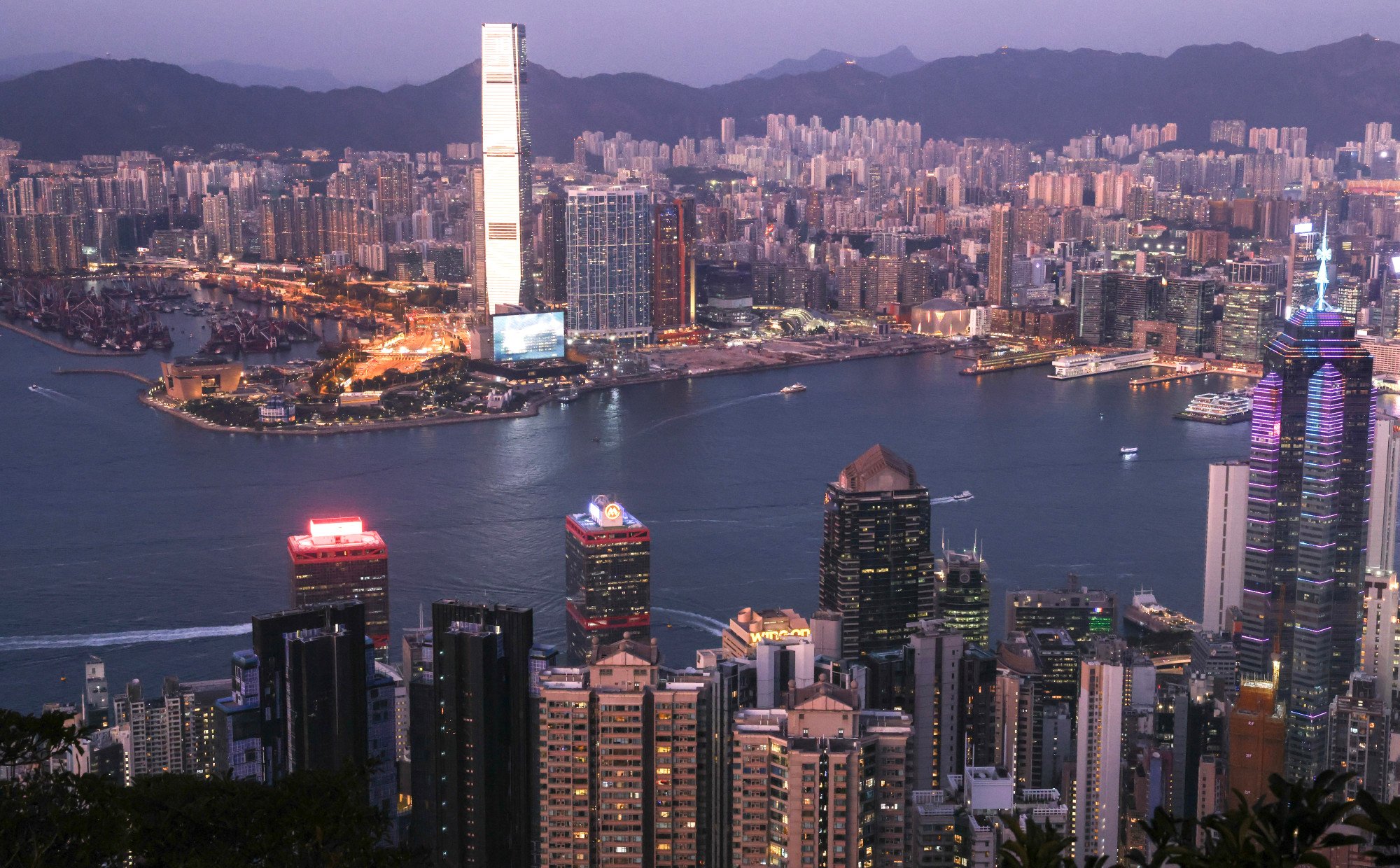Green buildings: Hong Kong needs ‘revolution’ in materials, cull of old
[ad_1]
Meanwhile, a greater problem is the city’s population of old, inefficient buildings. “They’re carbon hogs,” he said. “I call them clunker buildings. Over 30 years the amount of carbon they’re consuming is equivalent to the skyscraper building three times their size. We have to deal with them now, that’s where the carbon is in Hong Kong.”

Embodied carbon is responsible for around 11 per cent of emissions globally and 28 per cent of the global building sector’s emissions, Gottfried said. It is expected to account for around 72 per cent of the emissions associated with new construction around the world from now until 2030.
In Hong Kong, embodied carbon accounts for around 80 to 90 per cent of the overall carbon footprint of buildings, as the emissions from operations are relatively low thanks to the city’s high-rise and dense environment, said Gottfried.
“I am impressed with Hong Kong and its top-tier developers, in how much they know about green buildings and embodied carbon, and the rating tools, all the measures they are doing, the sophistication, the drive,” he said. “It’s impressive.”
Yet the city’s older buildings are a drag on progress towards lower overall emissions.
To get there, Hong Kong must retrofit older buildings “or take them out and deconstruct them sooner and faster”, Gottfried said.

“Use their existing carbon … the glass, the concrete, the steel, the wood, and reuse. That’s what you need to do. You need a gentrification map in Hong Kong, and a road map on those buildings.”
A combination of carrots and sticks could be used to get the attention of the owners of these older buildings, he said.
“Regulate them and have a carbon tax for building owners per square metre,” he said. “If they weigh in over it, they are taxed. You create urgency and immediacy through penalty. Or you give them an investment tax credit to [reduce their] embodied carbon, through lowering their real estate taxes or lowering their energy price. Something to get their attention.”
As adept as Hong Kong builders are in using green techniques, they still need to accelerate their adoption of construction materials with lower embodied carbon, Gottfried said at a talk organised by the Hong Kong Green Building Council and Business Environment Council on April 22.
“This is what is needed in the industry,” he said. “We need your government, your transportation department, your future airports, your sand and gravel and land reclamation projects to advance purchase [better material], if it meets the specifications.”
Hong Kong urged to step up public-private efforts to make its buildings green
Hong Kong urged to step up public-private efforts to make its buildings green
The industry needs a “revolution in financing and procurement” to drive the use of low-embodied-carbon materials, he said, adding that continuing to use high-emitting materials will force the industry to resort to carbon offsets later to reach decarbonisation…
[ad_2]
Read More: Green buildings: Hong Kong needs ‘revolution’ in materials, cull of old
